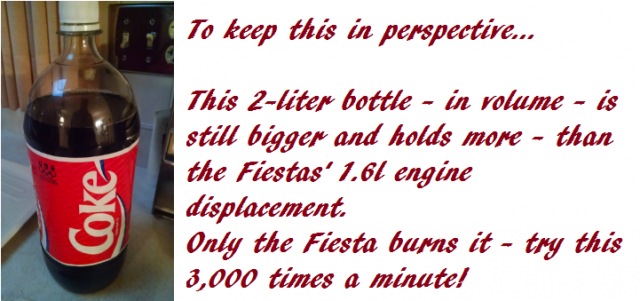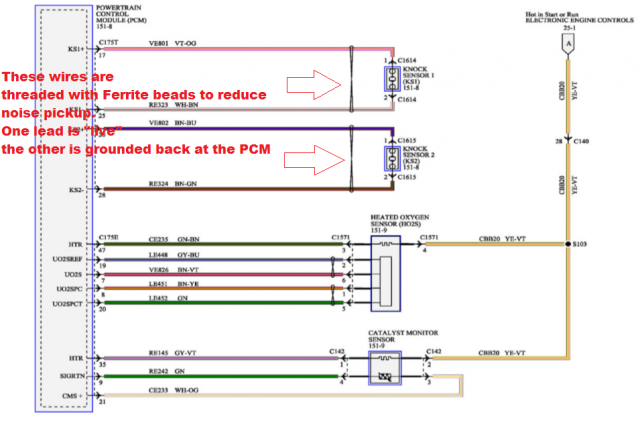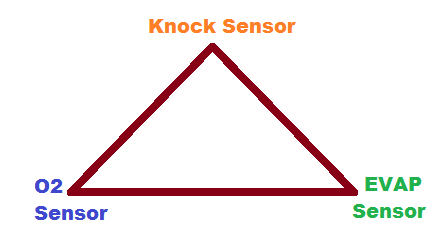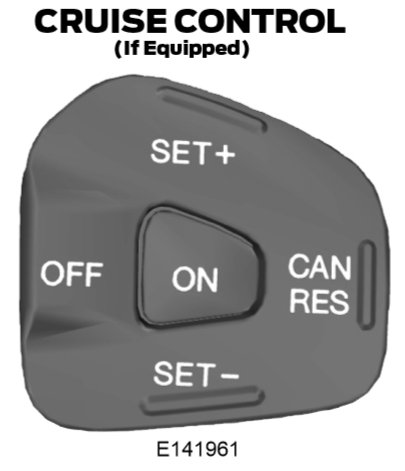@Doranm - when you go over the issues of "performance" versus "emissions" - the sad part is, emissions always win.
That's the nature of the automobile industry right now, with EPA and the current administrations chokehold on emission output regulations - the future of fossil fuel looks grim in some aspects - even for lighter Ethanol and LP gas approaches.
But then too, there are several tricks up an engineers sleeve that can modify the power curve due to the predetonation that spark knock is - the better the sensors are at picking up this pre-detonation signal - the earlier the power-curve can be modified to help the engine in acceleration within the given parameters of the Fuel to Air needs and the Timing advance.
It's one of the main reasons they did up this Variable Valve timing - simply to provide a better power curve with fuels that are providing less and less energy output per level of volume or quantity used. Open the intake more on the power application for torque and less with more exhaust valve opening on the deceleration as so to re-burn the exhaust and recirculate lost energy from the still burning fuels after what was used in the torque drive acceleration.
Although possible, you should not use anything less than 87-octane unless the vehicle has the proper seals and sensors - the Flex-fuel is left to the vehicles still designed to use it.
To help keep this in perspective...

So amazingly or not, the Fiesta - even with the emission and size limitations in displacement - the car does pretty well for such a small amount of air in each power stroke - considering it is a 4-cylinder - 4-stroke (cycle) motor.
The issue of power is directly related to how clean the sensor signals are received - so if you are able to, locate the knock sensors and review their connectors - one bad spot is the one for Bank 0 at the Timing Belt side and it's mounted under the intake and by the alternator - right behind it - and just in front of the Radiator Shroud housing and it's fan.
So you already know - the fan helps cool the motor and also will fling dirt off it's blades as it spins - so keeping things clean and free of debris in the connector housing - anything helps to improve the signal to noise ratios the knock sensor produces and good power connections back at the battery - the PCM can then "notice" a change in volume and approach the problem and solve the predetonation and noisy motor - doing a better job of keeping up with the knock and fuel blend changes.

- Each knock sensor is pretty much a Piezo-electrical element "tuned" to hear spark knock at a specific sound frequency - much like a sound tapping a pipe with a metal tool makes - the ring is short lived and the pulse follows the predetonation - the location is specific to determine the cylinders by proximity to the location of specific cylinders its installed to check.
- It uses two - one on Cylinder 1 the other on Cylinder 4 - with the Firing Order being 1 - 3 - 4 - 2 - the spark pulses to knock pulse propagates to these sensors and the loudest one and the weakest signal one are compared to the "which cylinder is firing now" and develops a profile - if it's deviates too much the system tries to redo the fuel to air ratio and also monitor other sensors to determine results.
As far as I can tell...
Fiesta uses 3 sensor realms to form a Triad to check...

These "looking into" moments won't make the engine a 500HP Mustang on steroids - but will provide you with a better power curve as the PCM works with what it knows to develop a smoother running result.
Not sure of the options you got on your car, but another thing that helps the system to relearn a fuel mix is to use this..

IF you have that feature - great!
Because the engine has Cruise, it also has the ability to learn from itself - so set the Cruise ON and just drive - then get to a highway or even (if a manual stick) you can even set cruise in 35MPH zones using a lower gear - like 4th and let the system figure out the advance needed with the new fuel. Do this type of driving - CANcel as you need to, then REStore the speed or when you're in a favorable location of streets that allow, set the cruise and then REDUCE (SET -) by holding down that part of the button - to get you to 45MPH or so, then release, then INCREASE (SET +) your speed "safely" by pressing a holding that part of the button to bring your speed up using the system to increase the speed to your desired speed by holding it down - this technique helps the engine see and listen for the more ideal power curve.
You can't do it all in one day, no big deal - but if it's spread out over a week - this will make a difference.
Again, safely is the keyword here. As you may already know, cruise setting provides the best fuel economy because the engine sees and adjusts speed as load and terrain change - using the sensors and the TACH and speedo sensors to help the system determine the best "run with this" ratio.
Eventually this mixture fuel setting will even itself out - but using the above methods this helps force the relearn - making the adjustment faster and you can tell the effort works when the valve train and idle also are quieter for the system has done a better job of relearning the mixture profile to make the engine run smoother.
Now granted, the best fuel is pure gas and of good quality - so you may need to make adjustments to accommodate and even preserve your cars engine by using good quality fuels - additives have been discussed too
Try these links...
https://www.fordfiesta.org/threads/oil-weight-question.8206/post-20290
https://www.fordfiesta.org/threads/...t-pertains-to-ford-fiesta-mpg.8810/post-23817




